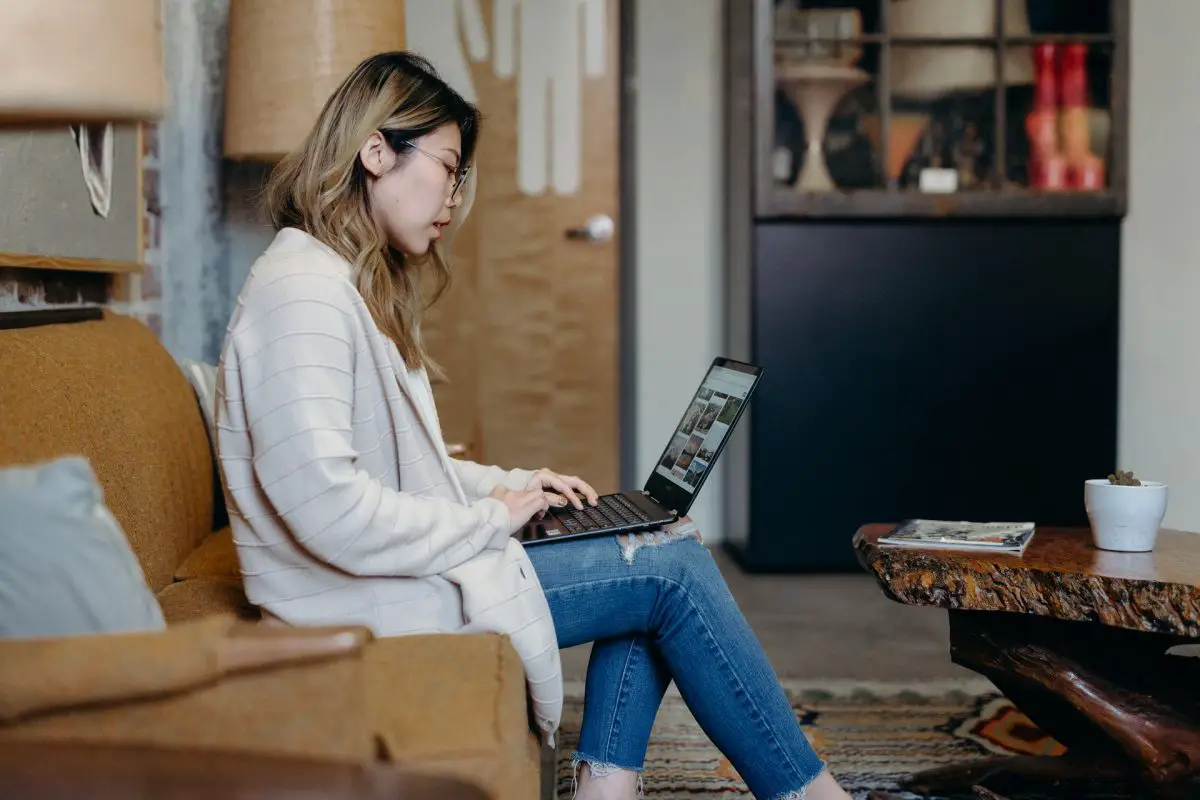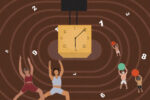Sitting. Everyone does it. It consumes a large portion of people’s time, but researchers say it is bad for your health or “is the new smoking.” Are they right? Like most health-related topics, a definite answer isn’t clear. Some articles provide data proving different types of sitting are harmful, while others say the action itself is a problem. However, most research agrees sitting too much can have adverse effects. A bit of lounging on the couch for an hour won’t kill you, but doing so day after day can increase your risk of dying without supplemental exercise. Moderation is key. Regardless, though, sitting can have both mild and potentially severe consequences.
Side Effects
Our bipedal bodies were meant for long periods of standing and moving, but the modern world has given working people fewer chances to stretch their legs. Humans are sitting more than ever before, and the side effects are diverse and expansive.
Heart Disease
No, you won’t automatically become afflicted with heart disease — otherwise, most of the planet would be in trouble — but studies show that sitting for long periods is linked to heart disease, among more than 30 other chronic diseases and conditions. Without physical activity, you’re putting yourself at risk.
Cancer
Due to inflammation, digestion problems, weight and other side effects from sitting, data points to increased risk of cancers such as colon and endometrial cancer.
Stiffness
Your back, hips, shoulders, neck and knees, stuck in a prolonged position, become stiff when sitting for a long time, and you may experience pain. While mild discomfort doesn’t sound too terrible, it can have lasting impacts. For example, slouching while sitting for years on end can make movement painful later in life. Simple actions like walking can become a challenge with aching joints.
Weight Gain
When sitting still, your body uses less energy compared to when you stand. Your body relaxes, and the fats and sugars that would typically be burned and digested by walking or standing stay with you. The result is weight gain. By sitting, your digestion becomes less efficient, and you increase your chance of obesity.
Muscle Loss
Like weight gain, sitting relaxes your body, and without movement, you use less of your larger muscles. Your legs, which usually support your body, become inert. You use less energy and your muscles degrade, similar to hospital patients who, stuck in bed for extended periods, develop mild muscle atrophy.
As mentioned in the beginning, research has found that not all types of sitting are the same. How you sit can have different impacts. Someone lazing on a couch eating potato chips will be in a worse situation than someone using more of their body while at work. After all, exercise is almost always good for your health, and even getting a little bit of energy expenditure is better than none.
That said, there is hope. Data shows that exercising for 60 to 75 minutes a day can balance out the adverse effects of sitting. One study even concluded that sitting has little impact on mortality, but others say the opposite. The issues resulting from sitting aren’t fully understood. But if you’re in good health and exercise daily, you’re probably going to be OK, even if you don’t entirely avoid the consequences of sitting.
Five Things You Can Do To Minimize Sitting
Buy a Standing Desk
After studies began releasing information on the negative side effects of sitting, standing desks exploded in popularity. Companies and schools have since incorporated standing desks into their offices, and they’ve become a hot commodity among the working class. Prices vary, but you can buy a desk that fits the bill for between $100 and $200 and break up the monotony of sitting.
Go for a Walk Every Hour
Getting up and finding a change of scenery after being stuck in a chair can get your blood pumping and refresh your mind while making you feel a bit better about your sitting habits. Have trouble keeping track of time? Set an alarm or timer to remind you to stand every hour. Try starting with every hour and gradually work your way to every 45 minutes, then to 30 minutes.
Find Active Hobbies
Sometimes, your job won’t let you escape your relaxing chair, so find some hobbies to keep yourself active outside of work. Go biking, exchange Netflix for an activity full of movement or do some work around your living space. Everyone is different, so find what works best for you.
Read Standing Up
Often, while reading, people lose a sense of their surroundings and posture — they begin to slouch. To help fix that problem, try finding a way to read all those emails or novels with your neck up and not craned down. If you get the chance, create a makeshift book-holder so you can stand and read. It will be a hard habit to develop, but think of all the downsides of sitting. Try changing up your routines with little modifications to avoid overwhelming yourself, and aim for a practice you can maintain.
When You’re Not Sitting, Do Something Active
In between your online gaming sessions or during your lunch break, find a way to stand in that time. Simple options include taking the stairs instead of the elevator, parking farther away in parking lots, taking your calls standing up or just doing a five-minute exercise. Try to recognize times when what you’re doing could be done standing instead of sitting. Eventually, you’ll be an active, non-sitting machine.
















